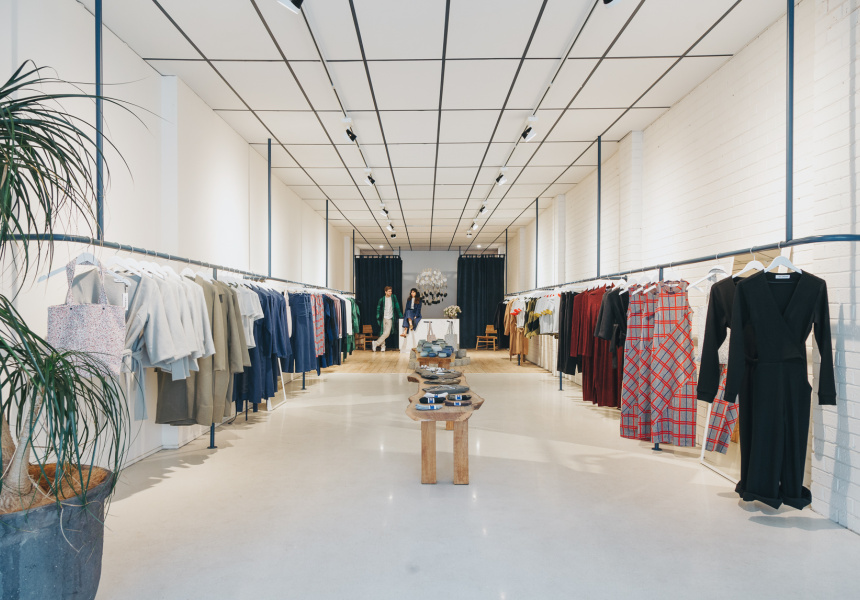Part 1: Uneven recovery and logistical roadblocks.

It has been over two years of struggle and stress, but finally, 2022 is bringing with it, hope for a global and industry recovery. The recent The State of Fashion 2022 report shows us just where, when, and how this recovery will play out. It highlights opportunities and challenges and what we can expect overall in the year to come. Brands will need to focus on digital, sustainability and consumer engagement for success while managing the challenges of supply chain logistics, sustainability, and general COVID-19 recovery. We may not be out of the woods yet, but we can now start to rebuild.
Those Who Stayed Afloat
The last few years of touch-and-go has left few standing strong. In mid-2021, things seemed like they were taking a turn for the better. The “revenge shopping” concept rose, particularly in China, as consumers “released” their pent-up shopping demands. Return-to-work and occasion styles peaked next to pandemic trends of comfort dressing, outdoor activities, and online shopping. Brands that performed played into those moments or appealed to wealthier cohorts. Leaning into these needs allowed brands to weather the pandemic storm.
Unfortunately, these unshared successes only exacerbated the pre-existing performance inequality issue that stood pre-covid. An overall full recovery may be ahead but won’t be favourable across all geographic locations and brands.
The Recovery
Fashion should be ready to embrace an uneven recovery in 2022 with no shortage of logistical blockages. The nature of COVID-19 outbreaks is unpredictable. Different countries will suffer more than others without knowing when and who will be affected. Subsequently, countries in relation will also be affected. Those with a poorer national vaccination rate will likely suffer from a slower revival. As well those that lack the digital infrastructure needed to support remote working. Brands will need to be adaptive as they come head-on with logistical gridlocks to navigate forward. Brands will confront manufacturing delays, higher shipping costs and material shortages as pressure builds with supply and demand. As a result, consumers should expect an increase in retail prices across most sectors.
Planning Ahead
Next year we can anticipate a year of broader industry growth, with sales expected to surpass those of 2019 by 3 to 8 per cent and 15 to 25 per cent in the luxury sector. However, this growth will remain geographically imbalanced. China and the US will see a full sales recovery while Europe’s recovery lingers, not expected to bounce back until 2023. It’s integral that global markets remain open to ensure a sustained and robust recovery despite the anticipated increase in domestic spending. Brands will need to take a renewed approach to business by focusing on flexibility, sustainability, cost management and transparency. They should also be ready to support growth in some global commerce locations while a delayed recovery in others. Adopting market-specific strategies to reflect the varying conditions will be a key to success and a focus on digital and consumer engagement.
Subscribe to FIB’s Weekly Alchemy Report for your weekly dose of music, fashion and pop culture news!







